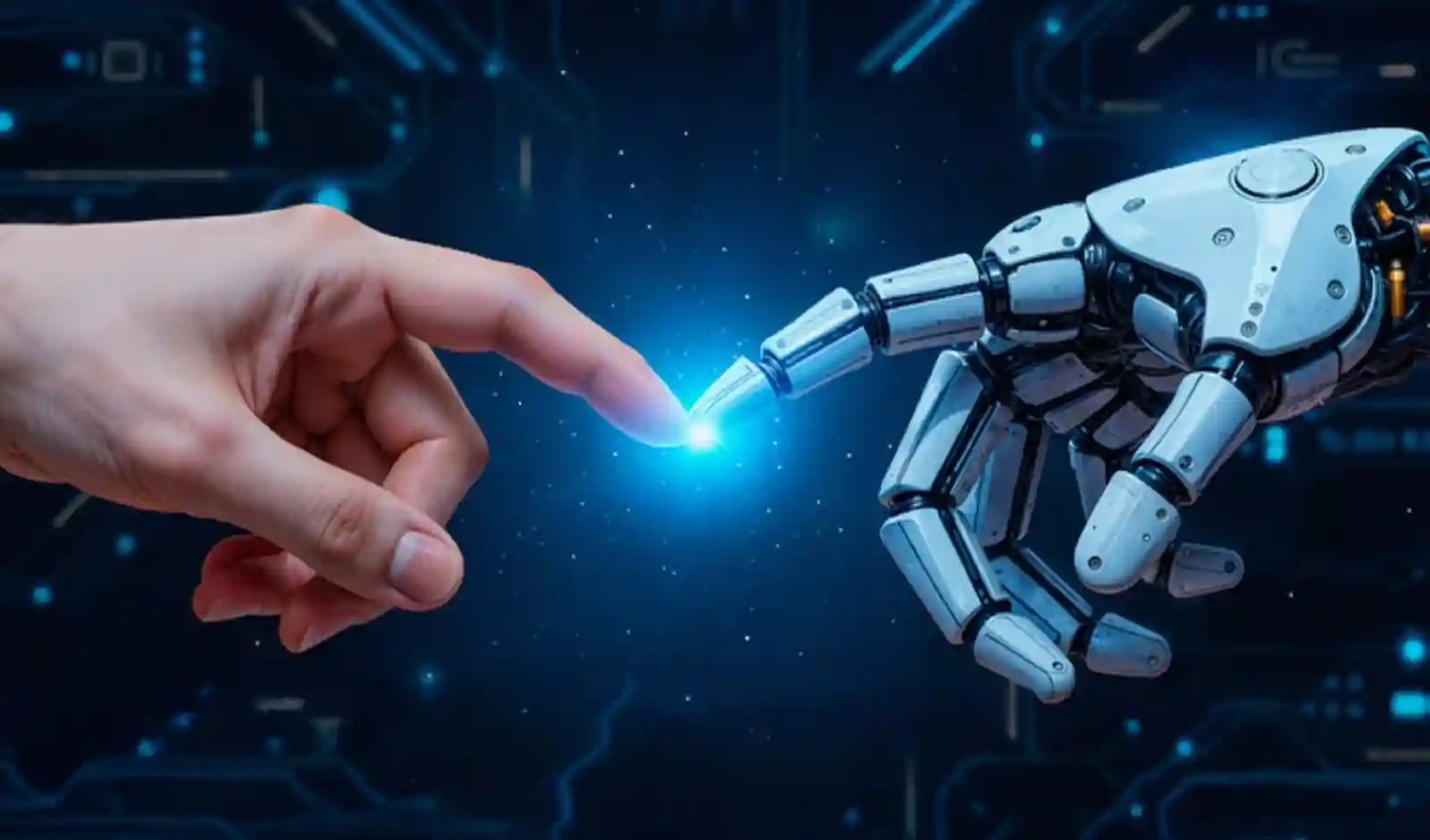
Artificial intelligence is quietly rebuilding India's consumer landscape as brands lean on algorithms that personalise discovery, refine decision-making and continue shaping behaviour well beyond purchase.
In India, the shift is already visible. Beauty-tech alone touched USD 2.03 billion in 2024 and is projected to reach USD 6.75 billion by 2030, with nearly half of that driven by AI-led diagnostics and personalisation. Globally, the AI-in-beauty market is set to more than double to USD 9.44 billion by 2029.
The same trend is sweeping through fashion, wellness, nutrition and even fitness, where AI is rapidly becoming the backbone of how consumers discover, compare and choose products.
Discovery Through Algorithm
The first point of contact between a consumer and a brand has shifted away from ads or store shelves. Today, algorithm-driven discovery like visual search, personalised feeds, fit prediction, skin-tone matching and attribute-led catalogues determines what consumers see and click.
Fashion is a prime example of this shift. At NEWME, an Indian fashion brand, the search layer has become the core of the experience. "AI is redefining how customers discover and engage with fashion," said Sumit Jasoria, co-founder and CEO, adding, "By shifting cataloguing from a manual process to an AI-driven one, we generate richer attributes and deeper product details at scale. This makes search far more intelligent and a major driver of our conversion uplift."
For Gen Z, discovery is almost entirely algorithm-led, leading to more pre-sorted and tailored choices. In beauty, discovery now starts with a camera: face-scanning tools analyse skin texture, hydration levels, pigmentation and sensitivity within seconds. For fitness and wellness, symptom-based prompts immediately guide users toward personalised routines or supplements.
Hyper-Personalised Recommendations
Once a product enters a customer's consideration set, AI personalises the journey further. It studies past behaviour and preferences to recommend the most relevant options, predicts fit to reduce mismatches, enables AR try-ons to remove uncertainty and uses ingredient or feature filters to show what suits each user best.
For wellness and nutraceutical brands, this shift cuts through long-standing barriers. "AI collapses the entire journey from 'I have a problem' to 'I know exactly what solution works for me' in seconds. It removes friction and the endless research rabbit holes," says Deeksha Rajani, Founder and CEO of Be.
This behavioural shift is even more pronounced in Tier 2 and Tier 3 markets. "AI has helped us break cultural, linguistic and educational barriers. These customers now want personalised wellness, not mass-market multivitamins," Rajani added.
A recent report, Indian Consumers at 2030 by Fireside Ventures and Redseer, reinforces this change, noting that users in smaller cities will "leapfrog" through AI-led interfaces, making discovery far more intuitive for those who once struggled with English-heavy or text-first digital environments.
Lower CAC and Smarter Conversions
At the purchase stage, AI's influence is clearest in the numbers. As acquisition costs rise, AI helps brands spend smarter and convert better. Across global retail, 92 per cent of marketers now rely on AI, and 55 per cent plan to increase their investment in the coming year, according to SAP Emarsys.
NEWME uses Meta's AI tools extensively to optimise acquisition. "Algorithm-driven content generation boosts Click-Through Rates (CTRs), improves efficiency and keeps acquisition costs lean. A small team can now produce output at scale and refresh creatives quickly," Jasoria said.
XYXX, a men's athleisure brand, has seen similar gains. "AI is deeply integrated into our ad creative pipeline, helping us produce high-quality creatives faster and at lower cost," said Founder Yogesh Kabram, adding, "Quicker experimentation improves CTRs and directly brings down CAC."
AI is reshaping checkout decisions as well. XYXX uses a Cash-on-Delivery (COD) risk model to flag high-risk orders before they ship, cutting down on RTOs (Return to Origin), a major source of losses for apparel brands. Checkout incentives are personalised too — prepaid customers receive tailored rewards based on browsing behaviour, nudging them toward faster, more efficient payment modes. The result is a purchase journey that is cheaper for brands, smoother for consumers and more predictable for both.
Behaviour and Loyalty Rebuilt by AI
Even after checkout, AI stays active. It recommends when to reorder, sends personalised reminders and uses behaviour insights to keep customers engaged without heavy discounts. As Rajani explained, "AI-driven behavioural sequencing helps users build real habits. Not forced retention. Actual results. Actual advocacy."
In apparel, AI-led loyalty engines allocate rewards based on browsing patterns and repeat behaviour, improving engagement without over-incentivising. Chatbots shorten response time and reduce support costs, while voice-led assistance is particularly effective for first-time online shoppers in emerging markets.
Operational Backbone
Behind the scenes, AI is reshaping how brands operate. It predicts demand more accurately, helping teams decide what to produce and when. Automated cataloguing speeds up the addition of new products, while RTO-prediction systems protect margins. Even discounting has become smarter, with personalised offers replacing broad promotions and improving average order values. Kabra added that AI has also streamlined customer support, creative production and risk detection, strengthening operational efficiency across the board.
But this future demands discipline. Over-personalisation risks narrowing choices. Data ethics will become central, especially in beauty, wellness and health. Clean data, human oversight and transparency are essential. "AI is only as good as the data it learns from. Automation should never dilute human connection," Kabra warned.
AI is becoming the foundation of how consumers discover, choose, buy and engage - and Indian brands are quickly responding to this change.
 This article was originally published by the Entrepreneurindia.com. To read the full version, visit here
This article was originally published by the Entrepreneurindia.com. To read the full version, visit here 
